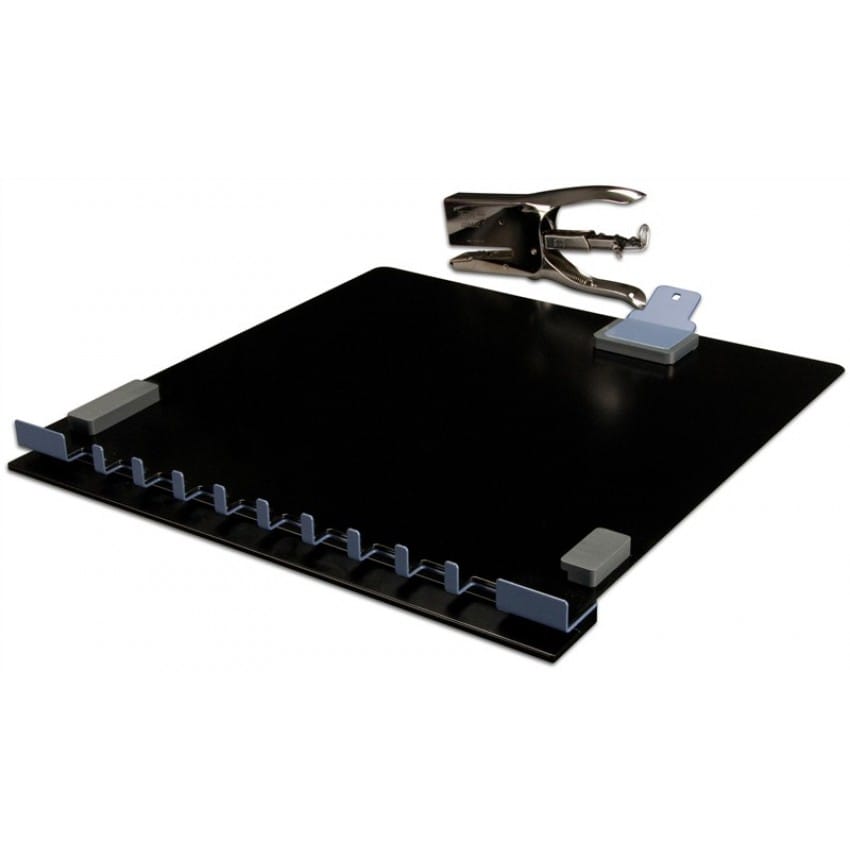

There are a number of great book-cataloging utilities for OS X, but Deep Prose Software’s $15īooxter 1.5.3 ( ) has a feature that makes it stand out: the ability to add books to your catalog by “scanning” their UPC codes with an iSight or DV camera.
#Booxter file type how to
One problem we have is how to keep track of all those books.
#Booxter file type full
Our house is full of books:technical, history, fiction, and much more-we like to read. But at least you’ll be doing so only when there’s actually a network within range. That’s when you’ll need to whip out your PowerBook and give it a try. Of course, just because the WiFi Spy detects a network doesn’t mean that network is open-it might use security measures to keep passersby from accessing it.

But in my tests, the WiFi Spy correctly identified Wi-Fi networks while ignoring phones and microwaves.

One of the problems I’ve had with other such detectors was that they couldn’t differentiate between Wi-Fi networks, microwave ovens, and cordless phones, all of which use frequencies in the 2.4GHz range. It’s even directional, which helps you close in on the source. This keychain-size device has a single button and four LEDs hold the button down, and the LEDs tell you if you’re in range of an 802.11b or 802.11g network and indicate the signal strength. For frequent travelers, a tool like Marware’s $30 Although there are a number of software products that can search for open networks, using them means unpacking your laptop, turning it on, and launching the application-a waste of time if no network is found (not to mention an unnecessary drain on your laptop’s battery). When traveling on business or just around town, I often find myself wondering if there are any nearby wireless networks to which I can connect my PowerBook for a quick e-mail check.
#Booxter file type upgrade
It’s a significant upgrade to the last version I looked at, and well worth the paltry shareware fee. The newest version of BuddyPop also includes modem-dialing features and many more display options. You can choose to answer the call, silence the ringer, or deny the call altogether (which with most cell-phone providers will send the caller straight to voice mail). Even cooler, the utility provides an on-screen Caller ID feature that’s more useful than the one Address Book provides: when someone calls your mobile phone, a window pops up showing the incoming phone number and-if the person is in your Address Book-the caller’s name and picture. Once your phone is paired with your Mac and in range, you can call any contact just by double-clicking on his or her phone number in BuddyPop’s contact window. Over the past year, BuddyPop, which costs 7 euros (approximately $9 at press time), has been updated several times, and if you haven’t yet tried it, the current version,īuddyPop 2.2 ( ), deserves a look-especially if you have a Bluetooth-enabled cell phone. Speaking of contacts, last year I told you about one of my favorite OS X utilities, ’s BuddyPop ( October 2003), which gives you quick access to your contacts without making you open the Address Book application-you simply press a keyboard shortcut and type the first few letters of a contact’s name.


 0 kommentar(er)
0 kommentar(er)
